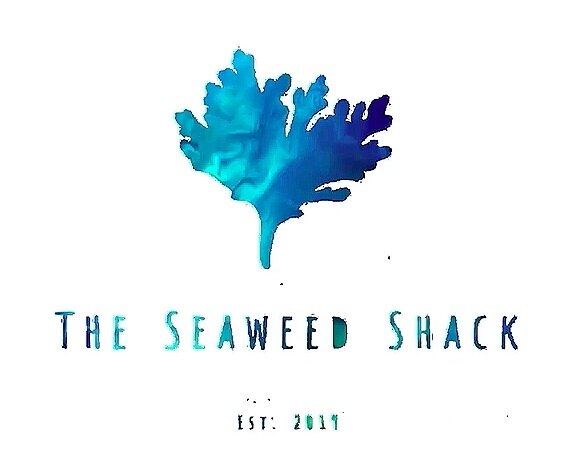Crustaceans
Let’s face it. Crustaceans are pretty weird. Weird, and delicious. They belong to the arthropod family, which includes crabs, lobsters, crayfish, shrimp, krill, prawns, woodlice, barnacles, copepods, amphipods, mantis shrimp and sea lice. Crustaceans occupy a vital link in the foob web, often referred to as the cleaners of the sea - an important ecosystem service for other bottom-dwelling organisms.
Their shells are a rich source of chitin, from which chitosan can be extracted. Chitosan is a polysaccharide with a number of commercial and possible biomedical uses. It can be used in agriculture as a biostimulant and biopesticide, helping plants to fight off fungal infections. In winemaking, it can be used as a fining agent, also helping to prevent spoilage. In industry, it can be used in a self-healing polyurethane paint coating, or in anti-microbial biopackaging. In medicine, it is useful in bandages to reduce bleeding and as an antibacterial agent; or to help deliver drugs through the skin.
Of course, those with a shellfish allergy should perhaps give these ones a miss (along with everything else on this website!)




